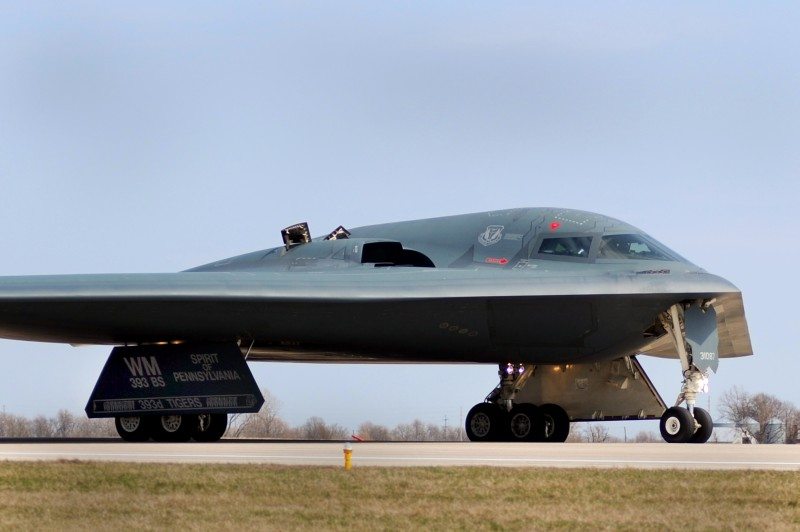Washington: Northrop Grumman beat out Boeing and Lockheed Martin on Tuesday to win a multibillion-dollar contract to build America’s next generation of long-distance bombers.
The award, valued at more than $55 billion, will see the creation of up to 100 strategic bombers to replace America’s aging fleet of B-52 and B-1 planes.
“We believe that our decision represents the best value for our nation,” Air Force Secretary Deborah Lee James told a Pentagon news conference.
Each plane is estimated to cost $564 million, coming in significantly under a cap of $606 million.
The program remains almost entirely classified, so it is unclear what the new plane will actually look like.
Defense Secretary Ashton Carter said the project includes big investments in surveillance technologies, electronic warfare capabilities and advanced weapons systems.
The award “represents the type of technological leap that we must continue to pursue in order to retain our edge,” he said.
Carter added that the new bomber, dubbed the Long-Range Strike Bomber (LRSB) or the B-3, will ensure America continues to “retain the ability to project power throughout the globe long into the future.”
Experts say the new bomber is probably already well advanced in its development, but it will take years before it is deployed, with the first flight tests unlikely before the mid-2020s.
That means the Pentagon doesn’t have any immediate plans to mothball its hulking B-52 bombers that were first developed in the 1950s.
Flying-wing design?
Northrop Grumman has vital bomber-building experience.
It is the company behind America’s fleet of B-2 Stealth Bombers, which are virtually invisible to radar and have a distinctive, flying-wing design that makes them look a bit like a sci-fi boomerang.
“As the company that developed and delivered the B-2 Spirit Stealth Bomber, we look forward to providing the Air Force with a highly capable and affordable next-generation Long-Range Strike Bomber,” Northrop Grumman CEO Wes Bush said in a statement.
The firm’s track record has led some observers to speculate the new bomber will also have a low profile and possibly the flying-wing design.
The Pentagon wants the new planes to eventually be capable of being flown without a crew and to be refuelable while airborne.
“The LRSB will allow the Air Force to operate in tomorrow’s high-end threat environment,” the Air Force’s James said.
“It will also give us the flexibility and the capability to launch from the continental United States air strikes that would be able to strike any location in the world.”
‘Game changer’
Aviation analyst Richard Aboulafia said he was slightly surprised Northrop won the bid, given its relatively small size compared to the Lockheed-Boeing team.
“It’s huge, it’s a transformational game changer” for Northrop, Aboulafia told AFP.
“I felt like Boeing and Lockheed Martin had an awful lot of power… There was still a David and Goliath thing going on.”
He added that had Northrop lost the contract, it would have resulted in the company being sold into smaller subsidiary units, and he said Boeing now faces some “very tough choices.”
The new planes will replace America’s B-52 bombers, relics of the Cold War that are still in use.
The average age of a B-52 — widely used in the Vietnam War and in the first Gulf War — is 51. The B-1 bombers, first deployed in the 1980s, are on average 29 years old.
There are today about 76 B-52s and 63 B-1s in service.
Considering the length of the project, the Air Force has pushed the expected lives of the B-52 and B-1 to 2040.
The Boeing-Lockheed team is widely expected to protest the decision, as is frequently the case in major contract awards.
Northrop’s stock price jumped 6.32 percent in after-hours trading.









